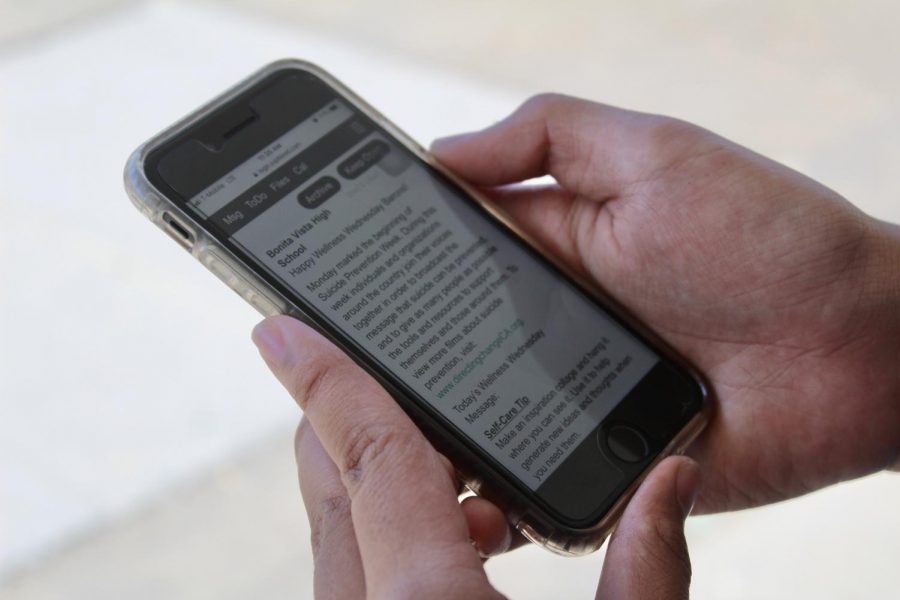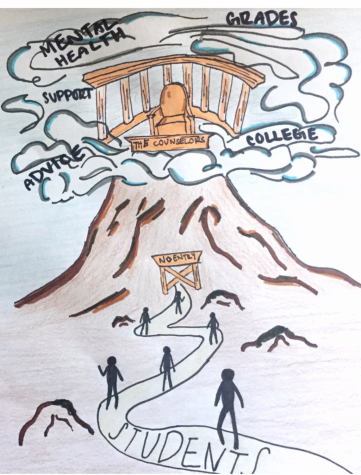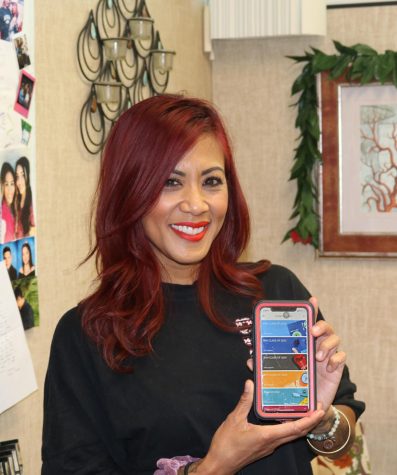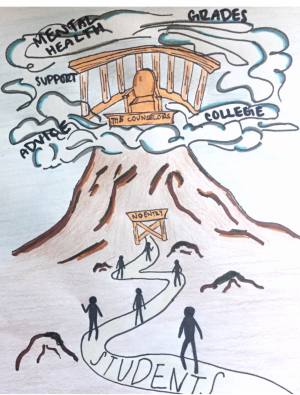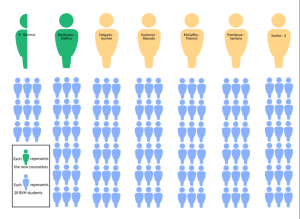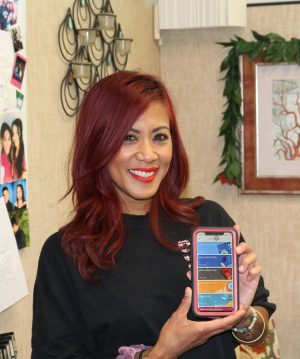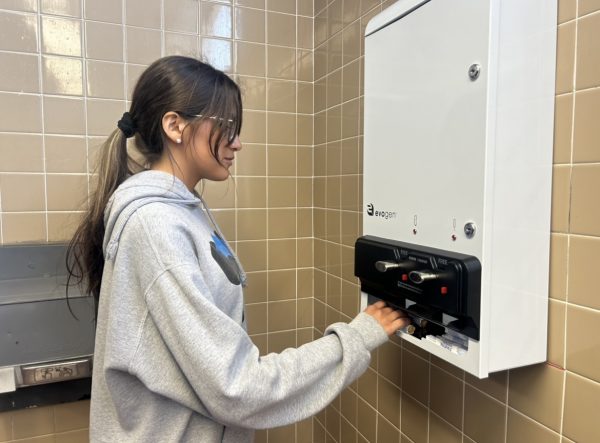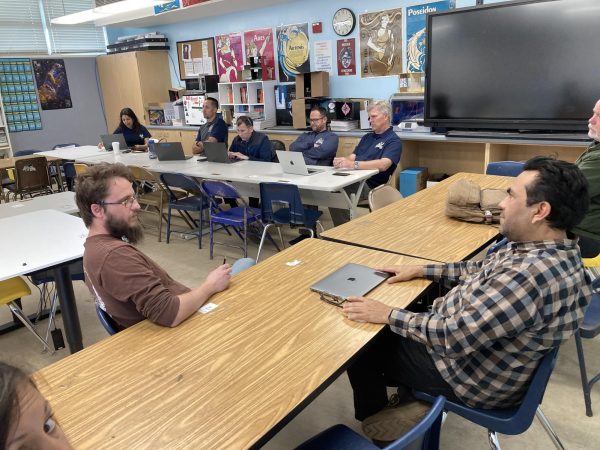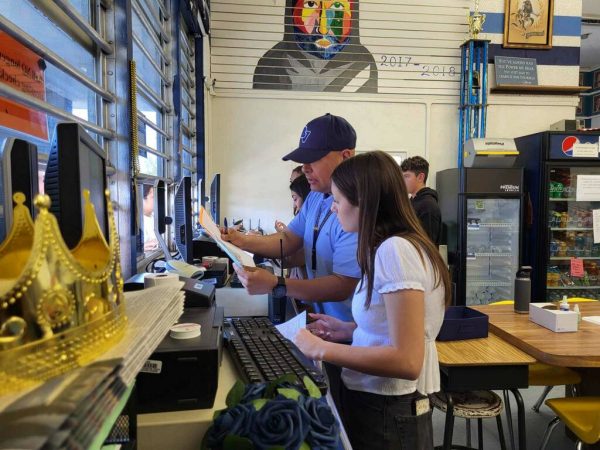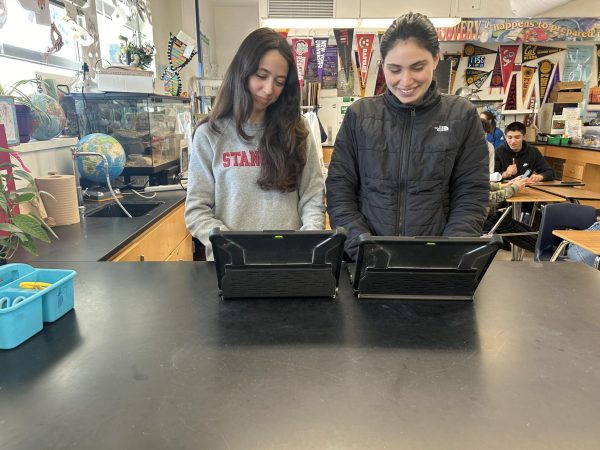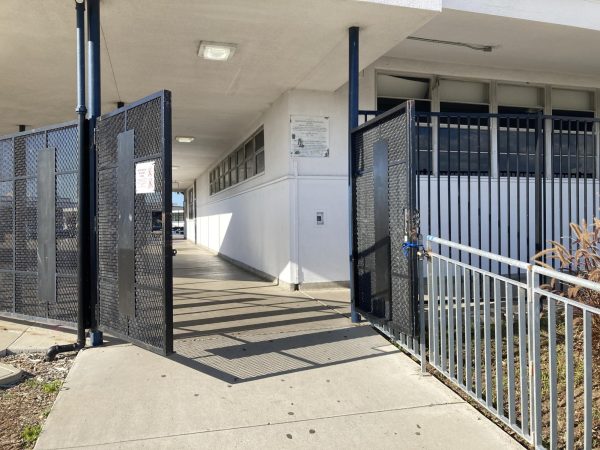Calling all the counselors
Distance learning at BVH affects counselors communication with students
Bonita Vista High (BVH) and the Sweetwater Union High School District (SUHSD) administration have confirmed that the ongoing pandemic will affect juniors in their college application process. Despite challenges, officials have yet to announce or confirm any changes to graduation requirements for the class of 2022.
Communication with the counselors is critical to the BVH community, as they are needed for schedule changes, guidance and financial help for college. Since face-to-face communication is no longer an option due to the Coronavirus (COVID-19) pandemic, contact with the counselors holds much more value in distance learning. The 2020-2021 school year has forced everyone to adapt to new methods of teaching, communication and work.
Some individuals have to communicate with the counselors more often than others. This is true for Attendance Coordinator Antonio Gutierrez Jr., whose job is to record student attendance and report to the counselors if there are any problems.
“I communicate with the counselors daily. I pull up an attendance list of the entire school and identify any student who has missed two or more school days,” Gutierrez said. “My job is to find a way to connect with them either through email or a phone call. If I can’t get into contact with them, then I send a message to the counselor to let them know, ‘Hey, check in on this student as well.’”
According to Gutierrez, counselors play an integral role in the wellbeing of students since counselors are at school to support students emotionally and academically. This can be said for both online and physical school.
“If I do reach them [counselors] and their parents tell me they had no idea they were not attending, or their child is just really depressed, or if there are other reasons present, then I always get the counselors involved. This is because they have more support from outside agencies to support the parents and the student,” Gutuirrez said.
BVH senior Angelo Roman has shared his experiences with his counselor as positive because his counselor keeps him on track and makes sure that he is fulfilling his requirements, such as the college entrance exam.
“Despite the chaos surrounding us, she [Reynila Calderon-Magbuhat] told me that I need to take the SAT. Whenever my grade would drop she’d send me an email explaining how to get it up and sessions that would help me to do so. Additionally, whenever I have a problem, she tries to solve it,” Roman said.
Due to distance learning, communication isn’t the same as it was in person due to the lack of face-to-face contact a student would typically get in person. According to Gutierrez, this type of contact cannot be replicated through a screen.
“[Communication] is much harder now. When you are in physical school it’s easier to make a connection with students because you are talking to them in your office. There is that connection you can get with the person through a physical presence that you can’t get through your phone or a video screen,” Gutierrez said.
According to Gutierrez, although he prefers face-to-face communication, digital communication, like email, does have its advantages. One of the advantages he listed is timeliness. Since Gutierrez communicates through technology now, he no longer has to take the time to travel between his office, classrooms and the counseling center. Instead, he sends a quick message through email and continues his work.
“It is convenient because I could just leave a message for a counselor and they would be able to get back to me sometime [that day] because we are all in front of our computers.” Guituirrez said. “For me, nothing replaces personal human connection. But, the communication is definitely faster.”
Roman adds that in-person communication provides more than just a response through words, but also through facial expressions. When he would talk to his counselor in person, he could get a sense of how much his counselor thinks he needs support, which helped him understand the urgency and necessity as a student. However, through digital communication, Roman only gets a robotic response and is unable to make that personal connection that he needs.
“It’s just more traditional and simpler because it’s just face-to-face contact, and you can see if they really think that you’re struggling, like through facial expressions. That kind of stuff just makes it better to be in person, than [communicating through] email,” Roman said.
From both sides of communication around the counselors, technological factors play a big role in making people choose in person visits instead of digital communication. Principal Roman Del Rosario, Ed.D., has weekly meetings with his administration, counselors and resource teachers, allowing all parties a chance to express some of the struggles they are facing and find solutions.
Several attempts to contact the counselors were made, which were denied. Del Rosario represents the counselors when he depicts one of the main challenges he remembered the counselors bringing up in his weekly meetings. The challenge was contacting students in the beginning of the year, when the counselors were balancing classes.
“Often, the best approach for the counselor was to pull the student in from their class and talk about it [their schedule conflict] because they wanted to make sure the student got the right classes,” Del Rosario said. “With distance learning, that was very challenging.”
According to Del Rosario, counselors tried using Microsoft Teams but faced many technological issues, and then went back to using email, but had to send many follow ups to get a response. Counselors found an alternative solution by sending multiple follow ups and taking notes on how and when they got in touch with a student. As a result of the alternative solution, it allowed counselors to be prepared when reaching students in the future.
The COVID-19 pandemic has come to be an emotionally and academically stressful time for many people. Having to manipulate the way in which students and staff perform tasks can be challenging, however, counselors continue to support students and staff, even if it is virtually.
“Without them, I would not be as effective in my role as an attendance coordinator. Because they are the gateway to get students extra support that they need, especially during these distance based times,” Gutierrez said.
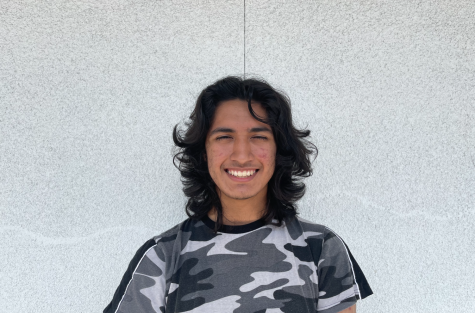
I am a senior at Bonita Vista High School and this is my second year on staff. I joined newspaper in order to achieve my full potential with my writing...

I am currently a junior and this is my second year on the Crusaders staff. After being a Staff Writer for a year I found joy in sharing others’ stories,...

